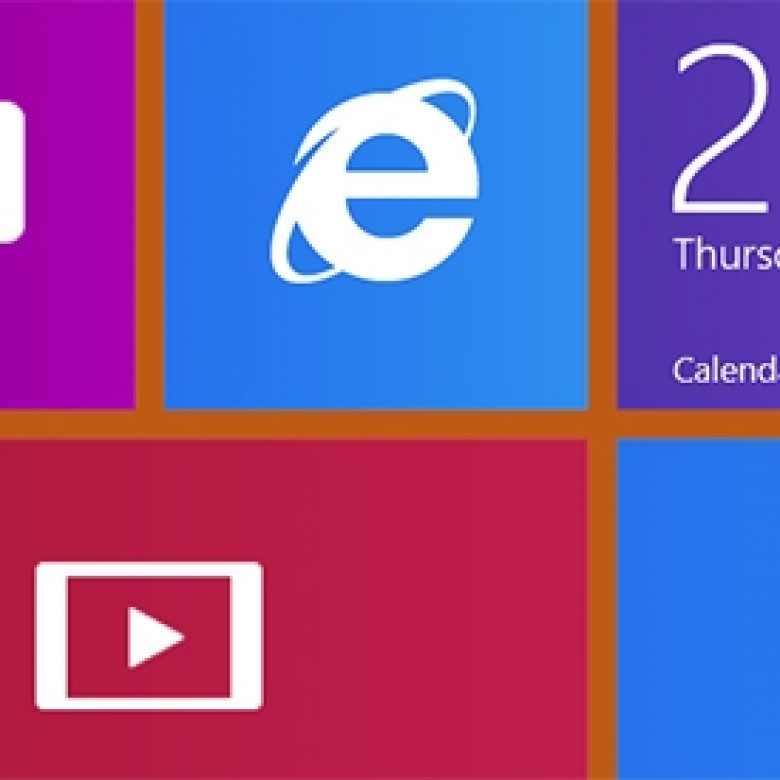Internet Explorer 10: Analysed and benchmarked
Windows 8's browser, Internet Explorer 10, leads a double life. You can run it in Metro, and it can also be run in the traditional Windows desktop view. Underneath, however, both use the same rendering engine. This engine has been considerably improved, in terms of both its speed and support for new web technologies such as HTML5 and CSS3. Maybe even more significantly, IE10 isn't just the browser for Windows 8, it actually becomes the underlying engine which powers Metro style applications that use HTML5 and JavaScript. When you realise that, it becomes clear that Internet Explorer 10 is a crucial piece of the Windows 8 puzzle.
At the moment, Microsoft is only making the preview version of IE10 available for Windows 8 Release Preview, but upon release, it will be available for Windows 7, Windows 8, Windows Server 2008 R2, and Windows Server 2012. To try out Windows 8 and IE10, head to the Windows 8 Release Preview download page.
Microsoft made a big push with IE9 for more standards support, and indeed, that browser version far outstrips what IE8 offered. This is of particular importance for Windows 8's role as a tablet operating system, even though the Metro (the touch-tablet-centric part of Windows 8) guise of IE10 will include the Adobe Flash plugin built-in, as Google Chrome does. But more and more sites are relying on HTML5 to take over that plugin's functions.










































































